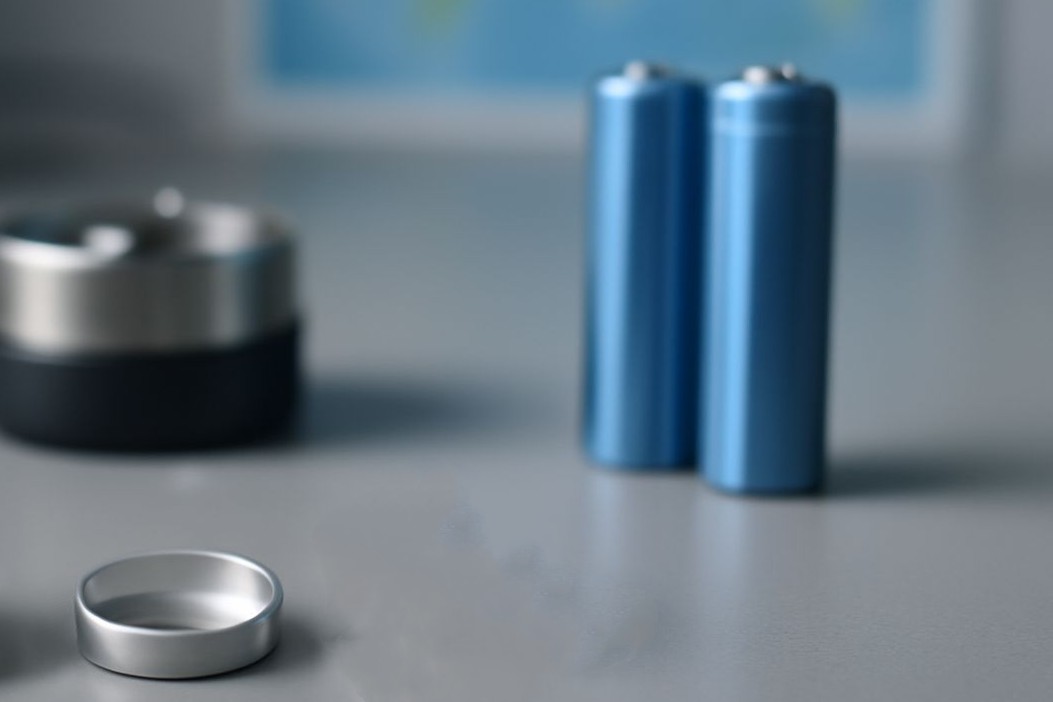Your cart is empty.
shop now
Your cart is empty.
shop now
Battery breakthroughs rely on precision at every step. Many labs now use advanced DSC crucibles to catch the smallest changes in battery chemistry and improve safety in new cells.
DSC crucibles help researchers test how battery materials respond to heat, revealing key data about thermal stability, phase changes, and potential reaction hazards. These results drive safer and more efficient battery technologies.

I see battery labs looking for faster answers and more exact results, especially as they work with new chemistries and formats. Many teams now trust DSC crucibles for quick feedback. The tools make measurable progress possible across many global research hubs and manufacturing centers, which raises the standard in safety and performance.
Every battery must meet tough safety and efficiency targets. Labs rely on DSC crucibles to find out exactly how each cell handles heat during use and storage.
DSC crucibles bring precise measurements in battery performance testing by detecting melting, decomposition points, and heat flow. These details help teams evaluate risks and guide improvements.
| Test Type | How Crucibles Help | Reference Example |
|---|---|---|
| Thermal Stability | Shows when battery materials break down under heat | NREL: DSC tests find safe use limits NREL Study |
| Material Decomposition | Reports start/end points for unwanted reactions | Helps spot fire risks in lithium-ion batteries Lithium-ion battery |
| Heat Flow Measurement | Tracks how energy moves during charge/discharge cycles | ResearchGate: Calorimetry shows cell improvement Thermal Analysis in Battery Research |
| End-of-Life Analysis | Confirms safe battery disposal temperatures | Safety guides for high-energy cells Data logger |
Lithium-ion batteries run most of today’s electronics and electric vehicles. Researchers depend on DSC crucibles to test reactions and control risk factors in battery design.
In lithium-ion research, DSC crucibles allow teams to pinpoint when electrodes or electrolytes change state, catch exothermic reactions, and set safety protocols for battery production and recycling.
| Component Studied | Crucible’s Effect in Testing | Documented Data/Link |
|---|---|---|
| Cathode/Anode | Identifies heat-related changes and stability limits | Nature Energy, 2017 |
| Electrolyte | Measures exothermic risk during overcharge or failure | MDPI: Battery Analysis 2018 |
| Separator | Test shows temperature when separator shrinks or melts | Battery separator |
| New Chemistries | DSC pans adapt for solid-state and next-generation cells | Nature, 2019 |
Not all DSC crucibles fit every battery test system. Making the right choice can help researchers save time, avoid mistakes, and get the best data for every sample.
Labs must match crucible material, size, and sealing method to their DSC equipment and battery type. Checking the compatibility sheet from the supplier reduces errors and prevents leaks during tests.
| Compatibility Check | Reason | Helpful Source |
|---|---|---|
| Material Type | Matches pan resistance to battery materials tested | Sample Holder Info |
| Size and Design | Ensures perfect fit in test instrument | PerkinElmer: Pan Selection |
| Sealing Method | Prevents loss of volatile or sensitive battery samples | Mettler Toledo: Sample Pans |
| Brand Compatibility | Avoids mismatch with equipment models | Compatibility |
Even advanced DSC crucibles have limits during battery work. Problems like sample leaks, contamination, and restricted temperature ranges can slow down or distort research.
Challenges include choosing the right pan for reactive samples, avoiding mixing errors, and maintaining clean, uncontaminated pans for every test run. Some advanced battery materials also push the thermal range of even high-quality DSC pans.
| Challenge | Effect on Battery Research | Solution/Link |
|---|---|---|
| Sample Leakages | Can lead to loss of critical data or safety issues | Choose sealed or O-ring pans O-ring |
| Contamination | Creates false signals or ruins readings | Practice strict pan cleaning and storage ScienceDirect: Cleaning Methods |
| Material Compatibility | Pans may react with some electrode or electrolyte types | Use inert materials like platinum Platinum |
| Thermal Range Limits | Restricts study of very high-energy or next-gen batteries | Select specialized high-temp crucibles Crucible Materials |
DSC crucibles now guide battery research around the world. They help teams check safety, test new ideas, and make better batteries for the future of energy.
Contact Technical Support >